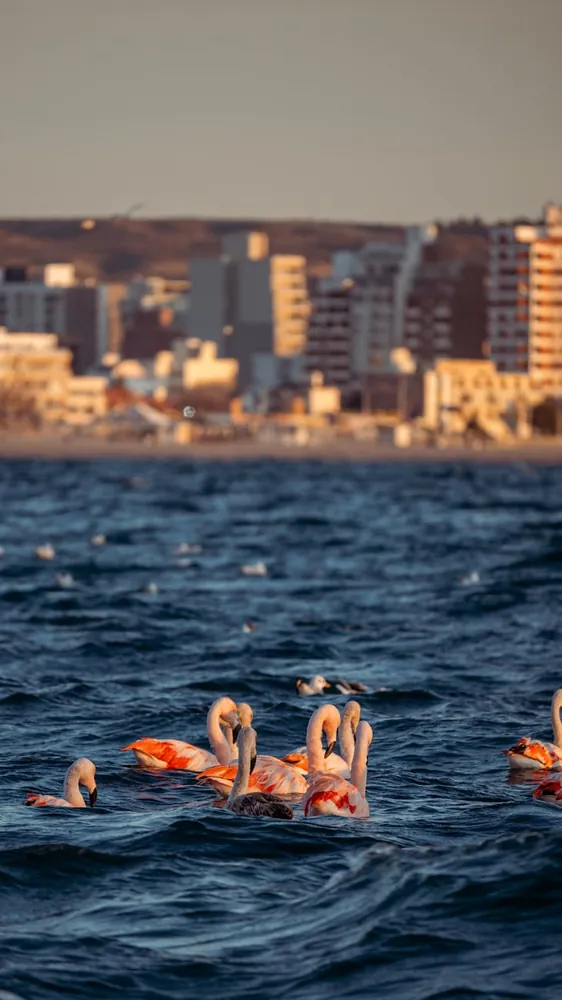Practical Approaches to Boost Urban Wildlife Using Local Plant Species

The Importance of Native Flora in Urban Landscapes
Urban areas, characterized by concrete jungles and bustling human activity, often seem inhospitable to wildlife. Yet, they can be transformed into thriving ecosystems that support diverse animal species. The key is incorporating native plant species into urban landscapes. These plants, naturally adapted to the local climate and soil conditions, provide food and shelter for indigenous wildlife, encouraging biodiversity.
Native plants offer myriad benefits: they require less maintenance, are more resilient to local pests, and support the lifecycles of local insects, birds, and other fauna. Integrating them into urban settings is not only environmentally responsible but also enhances the aesthetic and recreational value of these spaces for residents.
Strategies for Incorporating Native Plants
1. Green Roofs and Walls
Green roofs and vertical gardens are increasingly popular in urban design for their ability to maximize space while enhancing environmental quality. By choosing native plant species for these installations, cities can support local wildlife even in densely built-up areas.
- Pros: Green roofs help insulate buildings, reducing energy costs. They also mitigate stormwater runoff and improve air quality.
- Cons: Installation and maintenance can be costly, and structural assessments are needed to ensure roofs can bear the added weight.
When to use: Ideal for commercial buildings with large, flat rooftops or urban homes with limited yard space.
2. Community Gardens
Community gardens provide a dual benefit: they offer urban dwellers a space to grow food while incorporating native plant species that support local wildlife. By dedicating sections of these gardens to native flora, we create mini-refuges for pollinators and other small animals.
- Pros: Encourages community engagement and education about local ecology. Supports food security through homegrown produce.
- Cons: Requires ongoing volunteer effort to maintain; potential conflicts over land use priorities.
When to use: Best in residential areas or public lands where community involvement is strong.
3. Urban Parks and Open Spaces
Parks serve as crucial green spaces within urban environments. By redesigning these areas to include more native plantings, municipalities can significantly boost local biodiversity. This approach involves removing invasive species and replacing them with native varieties.
- Pros: Large-scale impact on biodiversity; improves residents' mental and physical health by offering access to nature.
- Cons: Requires significant investment in both initial planting and long-term management to control invasive species.
When to use: Most effective in cities with existing parks that need ecological restoration.
Steps for Successful Implementation
1. Assess Local Ecosystems
A comprehensive understanding of the local ecosystem is vital before selecting plants. Consulting with ecologists or local conservation groups can provide insights into which species will best support local wildlife and how these plants interact with each other.
2. Collaborate with Stakeholders
Involving a wide range of stakeholders—including government agencies, local businesses, residents, and environmental organizations—can foster community support and secure funding. Collaborative efforts often lead to more successful projects due to shared goals and resources.
3. Design with Diversity in Mind
Diverse plantings offer varied habitats for different wildlife species. A combination of trees, shrubs, grasses, and wildflowers can cater to a broader range of animals. Seasonal considerations are also important; ensure that some plants offer resources year-round.
4. Implement Adaptive Management
Ecosystems are dynamic; thus, management strategies should be flexible. Regular monitoring helps track progress and address challenges promptly. Adaptive management allows adjustments to planting schemes based on what is most effective in attracting and sustaining wildlife.
Examples from Around the World
Cities across the globe are pioneering projects that showcase the benefits of integrating native plants into urban areas.
- Sydney, Australia: The City of Sydney's 'Living Colour' initiative uses native plants in seasonal displays across the city, promoting biodiversity while beautifying public spaces.
- Lancaster, USA: The Lancaster Native Plant & Wildlife Garden is an example of how a small urban area can transform into a vibrant habitat using only locally sourced flora.
The Role of Education and Advocacy
For sustainable change, educating the public on the importance of native species is crucial. Workshops, tours of native plant gardens, and educational signage in parks can increase awareness and encourage residents to adopt similar practices at home.
Advocacy plays a significant role as well; citizens can influence policy changes by supporting initiatives that prioritize ecological landscaping in urban planning processes.
The Future of Urban Biodiversity
The integration of native plants into urban landscapes represents a promising frontier for conservation efforts. As cities continue to expand, finding innovative ways to incorporate biodiversity into their frameworks will be essential for maintaining ecological balance.
The approaches outlined in this article provide a roadmap for municipalities looking to enhance urban wildlife habitats effectively. By leveraging local flora, cities can create vibrant ecosystems that enrich both human and animal communities alike.





